 【资料图】
【资料图】
BEIJING, June 7 (TiPost)— Shenzhen-listed shares of Contemporary Amperex Technology Co. Ltd. (CATL), the No.1 electric vehicle (EV) batter maker in the globe, dived as much as 6.8% at midday before paring losses and settling 5.5% lower on Wednesday, the day that Morgan Stanley questioned the company’s market dominance with a downgrade and a significant price target cut.
Source: Visual China
CATL shares closed at the lowest since November 28, 2022, falling 21.7% from the recent high at February 1. Dragged by CATL stocks, CSI 300 that day settled at the new low since November 28 as well, sliding about 9% since April 18, when the stock market index reached the highest close since February 2.
Morgan Stanley analysts including Jack Lu cut their rating of CATL shares from equal-weight to underweight, the only sell-equivalent recommendation among 40 ratings tracked by Bloomberg. Theses Morgan Stanley analysts also axed the price target to RMB180.00, 15.8% down from RMB213.89, the lowest among the Wall Street, compared with the analysts’ average target of RMB325.51.
CATL’s market dominance is facing greater headwinds, and the second-tier battery manufacturers may adopt more aggressive pricing strategies to win market share, Morgan Stanley analysts pointed out at the beginning of a Wednesday note. They expected CATL’s long-term market share could shrink further to 25%, from the previous 30%.
CATL remained top but its market share in China in April dropped to 46%, down from the previous month’s 51%, and the domestic share excluding the No.2 EV battery company BYD also down from 64% to 59%, the note cited data from South Korea-based SNE Research earlier this week. Morgan Stanley downgraded its forecast of CATL’s domestic market share due to the margin pressure. The analysts now expect its market share this year to be 47%, 8 points down from the previous, and the share in the long run down from 45% to 40%. In addition, they expressed concern on negative impact of the U.S. Inflation Reduction Act, whose restriction suggest EV battery from China to North America are now unlikely. “Potential geopolitical, national security risks may lead to delays in Chinese battery makers’ global expansion plans versus Korean battery makers’ accelerating expansion,” they wrote.
Two Chinese brokerage firms later Wednesday issued their reports to defend their upbeat on CATL. Soochow Securities said CATL’s global market share would further increase as its cooperation with Ford through its licensing technology was given the green light from Washington, and Ford’s relevant project is well on the way, which could be followed by other U.S. automakers. The securities firm projected CATL’s market share in the United States to increase from around 10% to 20%, and its global share to maintain at 35%. Tianfeng Securities noted it’s meaningless to watch volatile monthly market share, and CATL’s decrease in domestic market share reflected a change in downstream automobile manufactures, rather than a shift in competitiveness. It believes the second round of gap-widening between CATL and other battery companies has come.
Financial results released in April showed CALT had much more impressive performance when the auto industry is struggling with boost demand through intensified price cuts, though its growth was undoubtedly benefited from ease of the elevated material cost, especially from cost of lithium carbonate, an industrial chemical that is mainly used in lithium-ion batteries.
CATL’s revenue in the quarter ended March 31 increased 82.91% year-over-year (YoY) to RMB89.04 billion (US$13 billion), beating the analysts’ estimates of RMB75.1 billion. Diluted earnings per share (EPS) that quarter jumped 527.87% to RMB4.02, and the net income grew much stronger to RMB9.82 billion, with the new record YoY growth of 557.97%.













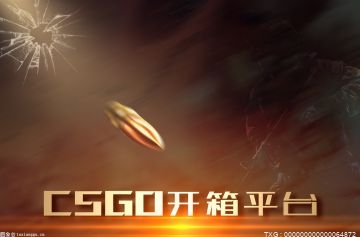











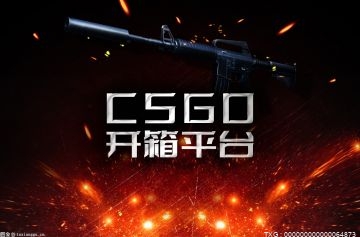

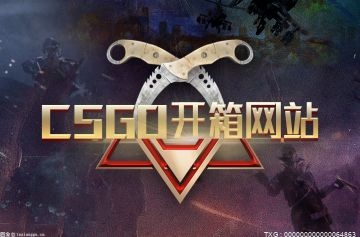
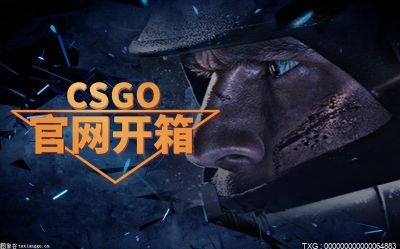
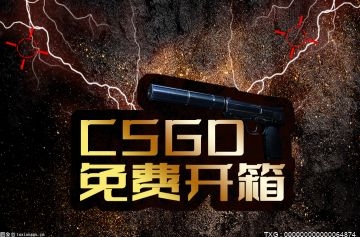
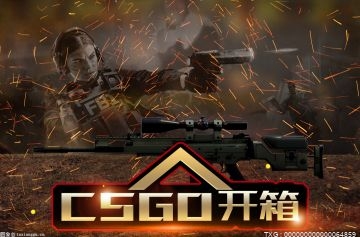



















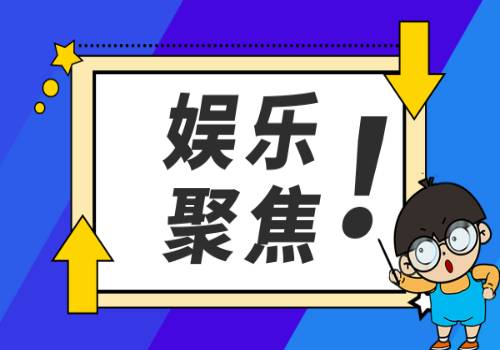





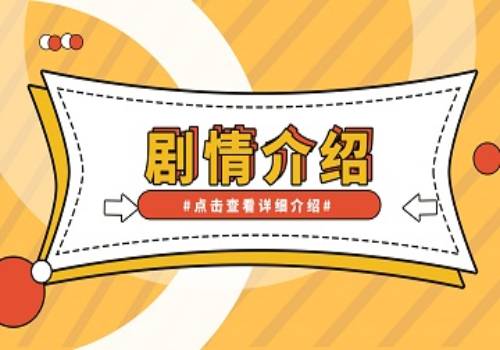


















![原神3.7七圣召唤活动第四关攻略详解[多图]-全球观热点](http://img.haixiafeng.com.cn/2022/0610/20220610014845464.jpg)





![全球百事通!原神3.8深渊有什么[多图]](http://img.bfce.cn/2022/0610/20220610015952905.jpg)

